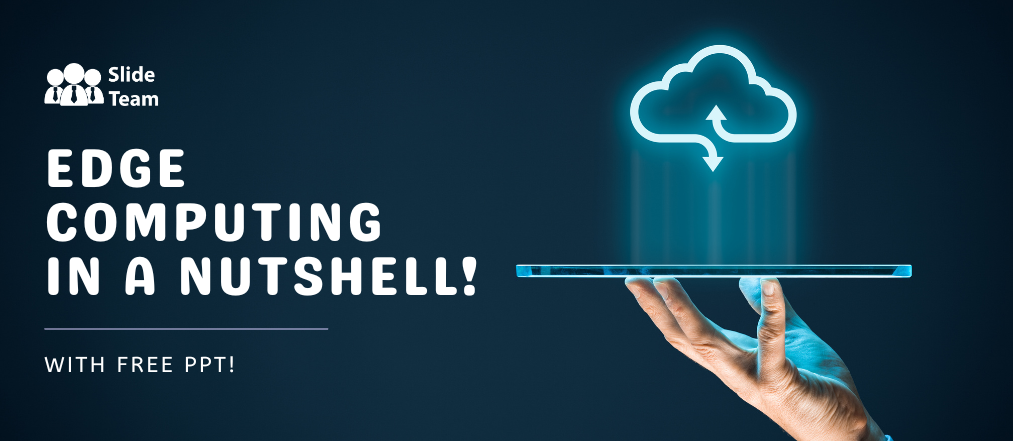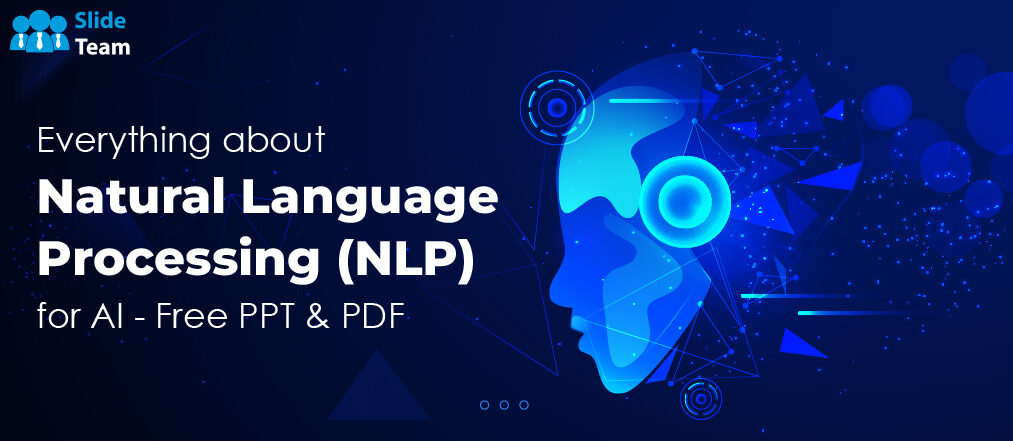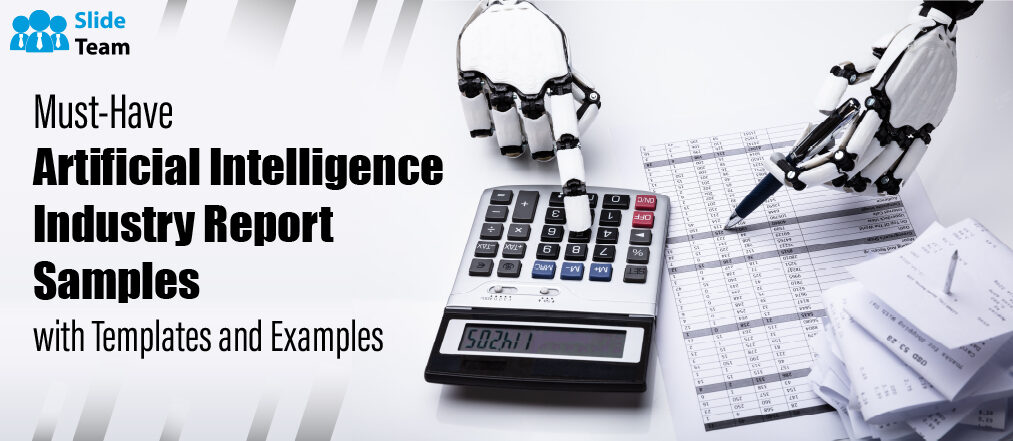In today's era of data, speed, connectivity, real-time processing, and low latency (time needed for the transfer of data) responses are crucial. We are now able to use data in ways that were previously only imaginable in science fiction because of its groundbreaking edge computing technology. With the recent glorification and sustenance of IOT (Internet of Things), edge computing has found its newfound glory. And why not? The data produced by us is voluminous, and needs segregation!
What is Edge Computation?
Edge computing denotes a paradigm shift in the handling and analysis of data. In contrast to traditional cloud computing, which centralizes computation in distant data centers, edge computing decentralizes data processing by bringing computation closer to the data source. As a result, the processing of data happens "at the edge" of the network, which is closer to the source of the data. Where earlier LAN and WAN technology was playing the major field, edge computing acts as a reasonable solution to data management.
To be honest, Edge is a fuzzy word, where would you place the edge network in a device i.e., an IOT Device, is in itself an explorative part. But Edge is near the source of data or may be placed secondary to it.
To give an example- Think of a smart city with a network of intelligent cameras. These cameras can scan and analyze video feeds locally, detecting anomalies or potential security concerns in real time, as opposed to transferring the raw data to a distant cloud server for processing, which would introduce latency. This proximity to data sources reduces latency, accelerates replies, and improves system performance.
The Significance of Edge Computation:
- Real-Time and Low-Latency Processing: One of edge computation's key benefits is the delivery of low-latency responses. Due to the potentially catastrophic consequences of even a millisecond of delay, applications like driverless vehicles, augmented reality, and industrial automation depend on this. On one hand, where the burden of the elephantine size of data has to be cleared by the cloud centers, the edge does it on its own and relays the useful information only.
- Bandwidth optimization: Bandwidth refers to the amount of data carried over time. It is usually calculated in bits per second. By employing edge devices to evaluate data locally and filter and transfer only pertinent information to the cloud, the quantity of data that must be sent across the network is reduced. By doing this, data transmission costs are kept to a minimum while bandwidth is preserved.
- Improved Reliability: Edge computing increases system dependability by reducing reliance on a centralized cloud infrastructure. Business continuity is ensured by the ability of edge devices to continue operating independently even if the cloud is unavailable. Hence solving the major issue of connectivity and storage of data.
- Security and Privacy: Edge computation aids in addressing privacy problems by maintaining sensitive data within a local network. Because data doesn't need to travel to distant data centers, data breaches and interception are less possible.
Applications in a Variety of Industries:
The usage of Edge Computing can be seen in:
- Manufacturing: In Manufacturing it can help in computing the run-down time and helps in overall equipment management.
- Medical care: Faster emergency response times and immediate diagnosis are made possible by the healthcare sector's real-time patient data processing via edge devices. This will also help in sharing the relevant data within the right time, and avoid spillage of unnecessary medical records.
- Retail: It helps in the selection of smart shelves, and hence helps in computing of natural cost optimization.
- Transportation: Autonomous vehicles rely on edge computing to make split-second decisions and assure passenger safety. With the increase in the number of Vehicles, this network allows users to have accurate navigation.
- Agriculture: It can help in the overall connectivity with the regional chords. It can monitor soil, and make changes adequately to the weather conditions, and hence helps in forecasting correctly.
Hence, we can say that Edge computation is crucial to the creation of smart cities and has applications in traffic management, public safety, and environmental monitoring.
Challenges and Ideas to Consider:
Edge computation has a lot of benefits but also some disadvantages. Device Heterogeneity can pose compatibility and performance challenges. The Security can be another issue, as it would be tough to encrypt the data. The Data Management could be cumbersome in process. Costs are additional be in terms of updates or monitoring, and lastly, Scalability can be an issue. If these challenges are addressed then Edge Computing is the overall solution to the continuous evolving technology.
Conclusion
Edge computing helps in the processing of data closer to data sources,. Its advantages include low latency, optimized bandwidth, reliability, and improved security. This technology enables real-time responses, benefiting applications like autonomous vehicles and augmented reality. It reduces the strain on network bandwidth and enhances system reliability, crucial in scenarios with limited connectivity. Moreover, edge computing fosters innovation, allowing the development of cutting-edge applications. Visit our website for more content and get customized templates, specifically designed keeping the needs in mind! Sign in at https://www.slideteam.net/ and have an enthralling experience.
Click Here To Download The Free PPT!
FAQs
What is Edge Computing?
Edge computing denotes a paradigm shift in the handling and analysis of data. In contrast to traditional cloud computing, which centralizes computation in distant data centers, edge computing decentralizes data processing by bringing computation closer to the data source.
How is Edge Computing helpful in Medical Care Sector?
Faster emergency response times and immediate diagnosis are made possible by the healthcare sector's real-time patient data processing via edge devices. This will also help in sharing the relevant data within the right time, and avoid spillage of unnecessary medical records.
What are the Challenges with Edge Computing?
Edge computation has a lot of benefits but also some disadvantages. Device Heterogeneity can pose compatibility and performance challenges. The Security can be another issue, as it would be tough to encrypt the data. The Data Management could be cumbersome in process. Costs are additional be in terms of updates or monitoring, and lastly, Scalability can be an issue.





 Customer Reviews
Customer Reviews




![From Old to Bold: The Rebranding Story [Free PPT]](https://www.slideteam.net/wp/wp-content/uploads/2023/09/BANNER-4-1013x441.jpg)














